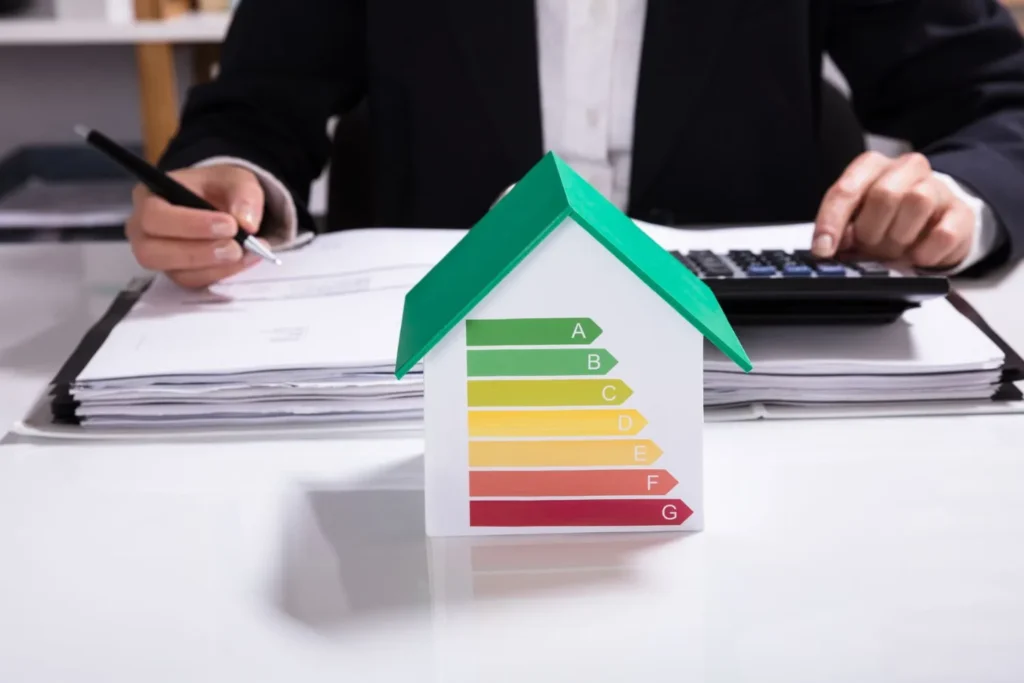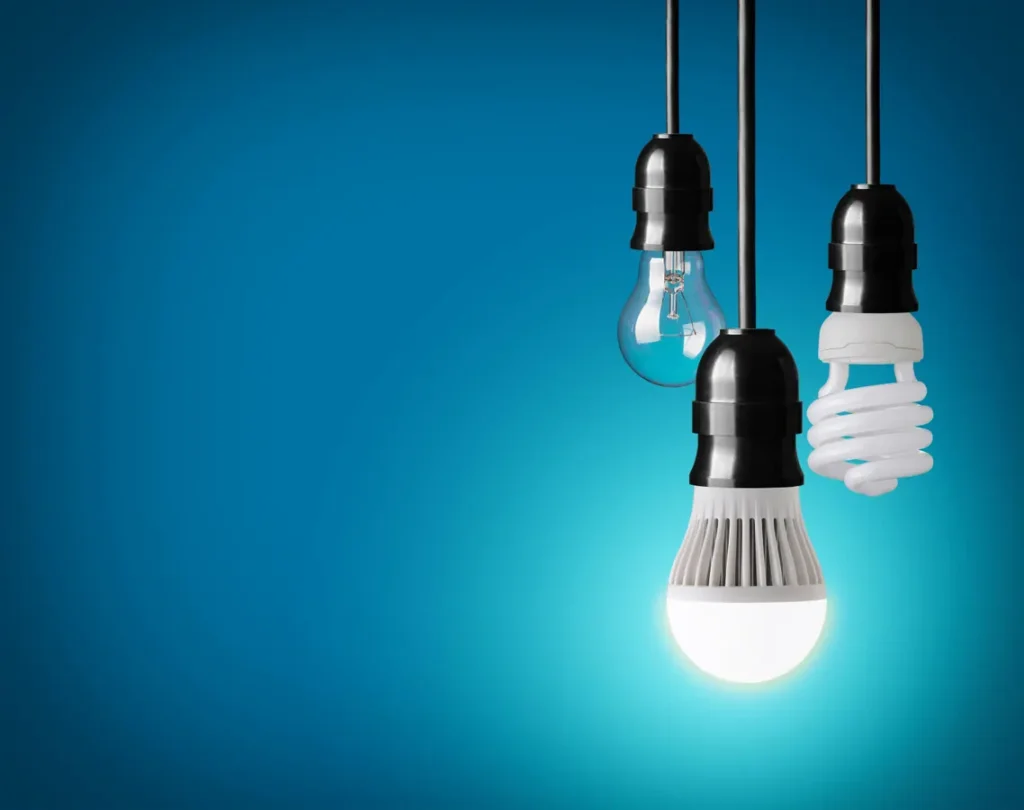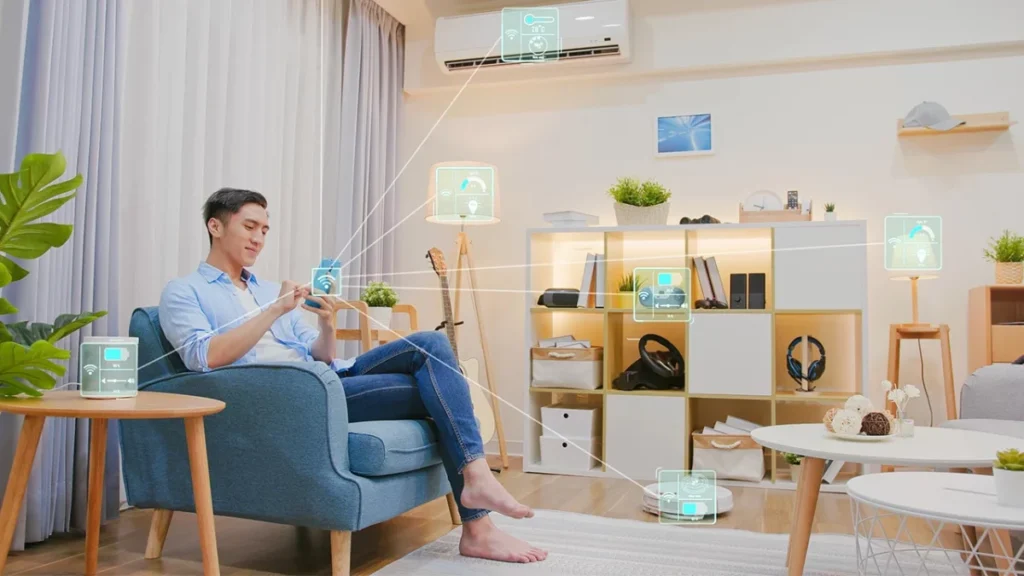Table of Contents
In an era where the cost of living is continuously rising, finding ways to cut your electricity bill has become more crucial than ever. This effort not only aids in managing household expenses more effectively but also contributes to environmental conservation by reducing energy consumption. As more individuals seek methods to lower their electricity bills, the importance of adopting energy-efficient practices and integrating renewable energy into daily life becomes apparent. Efficiently managing your electricity consumption can lead to significant savings over time, making it a vital aspect of financial and environmental stewardship.
This article explores 10 proven strategies to effectively reduce your electricity bill. From scheduling a professional energy audit to understand your home’s energy usage, investing in LED and CFL bulbs for efficient lighting, to the integration of smart home devices for better energy management. It will also cover upgrading insulation in walls and floors, optimizing computer and electronics usage, and maintaining your HVAC system to ensure it runs efficiently. Implementing these strategies can significantly lower your electricity bill; however, for comprehensive savings, consider conducting a Business Energy Comparison to identify the most cost-effective energy plans tailored to your needs.
Additionally, the adoption of low-flow fixtures, utilizing natural methods for heating and cooling, adopting energy-efficient laundry practices, and considering community solar options as a renewable energy source are discussed. Each section provides practical advice and actionable steps that individuals can take to not only reduce their electricity bill but also contribute to a more sustainable future.
Schedule a Professional Energy Audit

Comprehensive Audit Process
A professional energy audit begins with a thorough assessment of a building’s energy usage, identifying areas that consume excessive electricity. Energy auditors use advanced tools like infrared cameras and blower doors to detect inefficiencies .
Infrared Camera Inspections
Infrared or thermal imaging is a critical component of energy audits, allowing inspectors to visually identify problem areas in electrical systems and insulation. The technology displays temperature variations in vivid colors, highlighting overheated connections or under-insulated areas, making it easier to pinpoint issues without direct contact .
Blower Door Tests
Blower door tests are essential for determining a building’s airtightness. By creating a pressure difference, auditors can locate air leaks through the use of a fan installed in a doorway. This test, often accompanied by infrared scans, provides a detailed analysis of air infiltration and helps in recommending solutions to enhance energy efficiency .
Invest in LED and CFL Bulbs

LED vs CFL Comparison
LEDs and CFLs differ significantly in their operation and efficiency. While CFLs utilize an electric current passed through a tube containing gases to produce light, LEDs generate light through the movement of electrons in a semiconductor material. This fundamental difference leads to several practical advantages for LEDs, including higher energy efficiency and longer lifespan. LEDs are not only more durable but also perform better under varying temperatures and do not contain mercury, unlike CFLs .
Lumens vs Watts Understanding
Understanding the relationship between lumens and watts is crucial when choosing light bulbs. Lumens measure the brightness of a bulb, while watts indicate the energy consumed. This distinction is important because a higher lumen count does not necessarily equate to higher energy consumption. For instance, a 16.5-watt LED can provide the same brightness as a 20-watt CFL, making LEDs a more energy-efficient choice for the same level of brightness .
Bulb Lifespan Considerations
The lifespan of light bulbs is a key factor in their overall cost-effectiveness. LEDs have a significant advantage in this area, with some models offering up to 50,000 hours of light, compared to only 8,000 hours for typical CFLs. This extended lifespan not only reduces the frequency of replacements but also contributes to lower long-term energy costs. Additionally, LEDs are designed to maintain their brightness and performance over time, unlike CFLs, which can experience a decrease in light quality .
Use Smart Home Devices

Smart Plug Functions
Smart plugs transform ordinary appliances into smart home devices. These plugs can be controlled remotely or set on timers, providing convenience and energy efficiency. For instance, users can turn off devices like lamps or fans from anywhere using a smartphone app, significantly reducing unnecessary power consumption. This not only saves energy but also extends the lifespan of the appliances by preventing them from running when not needed .
Home Energy Monitors
Home energy monitors provide detailed insights into household energy usage, helping to identify wasteful consumption. By connecting to the home’s electrical system, these monitors can track energy use down to the circuit level. Advanced models use machine learning to detect which appliances are drawing power, offering tailored suggestions for reducing consumption. For example, during peak hours, these devices can recommend optimal times to operate heavy appliances to benefit from lower rates, potentially saving users an average of 9% on their electricity bills .
Voice-Controlled Energy Saving
Voice-controlled WiFi thermostats represent a significant advancement in smart home technology. These devices allow users to adjust home temperatures with simple voice commands or remotely via a smartphone, optimizing energy use and reducing costs. For instance, upgrading to a smart thermostat can lead to savings of 10-12% on heating and 15% on cooling by maintaining precise control over home temperatures. Additionally, these thermostats can track energy usage and savings, providing actionable insights to further reduce the electricity bill .
Upgrade Insulation in Walls and Floors

Insulation Material Choices
Various insulation materials offer different benefits, ranging from bulky fiber materials like fiberglass, rockwool, and cellulose to rigid foam boards and highly reflective foils. These materials cater to different needs depending on the area of application within the home. For instance, rigid foam boards are effective for exterior wall sheathing and basement walls due to their high thermal resistance, while bulky materials are ideal for filling cavities in walls and ceilings .
Recommended R-Values by Region
The Department of Energy suggests that the R-value of insulation needed varies based on regional climates. Homeowners should consult the DOE’s Zip-Code Insulation Program to determine the appropriate R-value for their specific location, ensuring optimal energy efficiency and comfort in their homes. This program provides tailored recommendations that consider local climate conditions and the specific areas of the home that require insulation .
Professional Installation Benefits
Hiring a certified professional for insulation installation can significantly enhance the effectiveness of the insulation. Professionals ensure that the insulation is installed correctly to avoid common issues such as moisture problems and air leaks. Additionally, professional installation guarantees that the insulation’s R-value is maximized, providing the best possible thermal resistance and energy savings. Homeowners are advised to obtain multiple quotes to ensure competitive pricing and to inquire about the installer’s experience with specific insulation types .
Optimize Computer and Electronics Usage
Sleep Mode Settings
Sleep mode significantly reduces power consumption by maintaining the state of RAM while most other components are powered down. This state allows computers to resume quickly, using only a few watts compared to the full power usage when active . Hibernation takes this a step further by saving the system state to a hard drive, completely shutting down the system, and consuming no power, making it even more efficient than sleep mode .
Energy-Efficient Monitors
Choosing energy-efficient monitors can also contribute to reduced electricity usage. Monitors designed with power-saving features consume less energy, especially LED-backlit models, which are more efficient than older CCFL-backlit screens. By selecting monitors that meet energy efficiency standards, users can decrease their overall energy consumption .
Laptop vs Desktop Energy Usage
Laptops generally consume up to 80% less electricity than desktops, with power usage between 15 to 60 watts compared to desktops’ 60 to 250 watts . This difference is due to laptops’ ability to operate on battery power and their design for energy efficiency, including smaller power supply units and less power-intensive components .
Maintain and Upgrade Your HVAC System

Regular Maintenance Checklist
Regular maintenance of HVAC systems is crucial to prevent inefficiencies and costly breakdowns. Homeowners should schedule annual pre-season check-ups, ideally in the spring for cooling systems and in the fall for heating systems . A typical maintenance check-up includes tightening electrical connections, inspecting the condensate drain, and cleaning air filters and coils. These actions help ensure the system operates safely and efficiently, potentially reducing energy costs and extending the life of the equipment .
SEER Ratings Explained
The Seasonal Energy Efficiency Ratio (SEER) measures the efficiency of air conditioning and heat pump systems. A higher SEER rating indicates greater efficiency, which can significantly lower electricity bills . As of recent regulations, all new HVAC units must have a minimum SEER rating, which varies by region . Understanding and choosing a unit with a high SEER rating can lead to better performance and cost savings over time.
Zoned Heating and Cooling
Zoned heating and cooling systems allow for customized temperature control in different areas of a home, enhancing comfort and energy efficiency. These systems use dampers in the ductwork to direct air selectively to zones as needed, which can significantly reduce energy consumption and utility bills . Moreover, incorporating smart thermostats with zoned systems provides the added convenience of adjusting temperatures remotely, optimizing energy use further .
Install Low-Flow Fixtures
Low-flow showerheads are designed to reduce water consumption significantly. By limiting the flow to less than 2.5 gallons per minute, these fixtures can save 25%-60% of water usage compared to older models . Opting for WaterSense labeled showerheads, which use even less than 2.0 gallons per minute, can further enhance water efficiency .
Faucet aerators are another effective tool for conserving water. They work by mixing air with water, maintaining water pressure while reducing overall water flow. Installing these can save up to 700 gallons of water annually without sacrificing performance . Aerators are especially beneficial in settings where water is predominantly used for washing rather than filling containers .
Dual-flush toilets offer a tailored approach to water conservation by using two flush options: one for liquid waste and another for solid waste. This system can reduce water usage by up to 67% compared to traditional toilets . The choice between a 0.8/1.28 GPF and a 1.1/1.6 GPF model allows users to optimize water savings based on their specific needs .
These low-flow fixtures not only contribute to significant water savings but also offer substantial reductions in monthly water bills and environmental impact.
Use Natural Methods for Heating and Cooling
Passive Solar Design
Passive solar design minimizes energy use by capitalizing on the building’s site, climate, and materials. Key elements include properly oriented windows and thermal mass, which stores heat from the sun and releases it as temperatures drop, effectively reducing heating and cooling loads . The design also involves control strategies and distribution mechanisms to ensure efficient energy use .
Cross Ventilation Techniques
Cross ventilation enhances indoor air quality and thermal comfort by allowing wind to enter and exit through opposite sides of a building, creating a cooling effect. Ideally, this method uses wind-driven forces to replace warm interior air with cooler external air, significantly lowering indoor temperatures without the need for mechanical systems .
Landscaping for Energy Efficiency
Strategic placement of trees and plants can modify the microclimate around a home, significantly reducing heat gain in summer and heat loss in winter. Deciduous trees are recommended as they provide shade in summer and allow sunlight in winter, optimizing passive solar heating. Landscaping elements like windbreaks can also reduce heating costs by up to 25% by deflecting cold winds away from the home .
Adopt Energy-Efficient Laundry Practices
Full Load Washing
Washing full loads is a crucial step in conserving energy. Whether washing a single item or multiple, the energy consumed remains the same. By waiting to run a full load, individuals can maximize efficiency and reduce the number of loads per week, potentially saving significant amounts on their electricity bill .
Cold Water Benefits
Approximately 90% of the energy used by washing machines is for heating water. Switching to cold water not only conserves energy but also extends the lifespan of clothing by preventing damage such as shrinking, fading, and bleeding. Additionally, cold water is adequate for most laundry needs except for heavily soiled or contaminated items. Using cold water can save substantial amounts annually and reduce a household’s carbon footprint by approximately 1,600 pounds of CO2 .
Air-Drying Techniques
Air-drying clothes is another effective method to cut down on energy usage. By avoiding the dryer and using a clothesline or drying rack, energy consumption is significantly reduced. This method not only saves energy but also preserves the integrity of the fabric, extending the wearability of clothes .
Consider Community Solar Options
Community Solar Explated
Community solar projects allow individuals to benefit from solar energy without the need to install panels on their property. This model is particularly beneficial for those who rent or do not have suitable roofs for solar panels. Participants in community solar programs can enjoy reduced electricity costs by drawing energy from a centrally located solar power plant .
Subscription Models
Community solar can be accessed through various subscription models, where participants do not own the panels but receive credits on their electricity bills corresponding to the power generated by their share of the solar array. These models typically involve a monthly fee, which can be less than the ongoing rates charged by utility companies. The structure of these subscriptions can vary, offering flexibility in terms of payment and commitment .
Cost-Saving Potential
One of the primary attractions of community solar is the potential for savings on electricity bills. Participants can save between 5-20% on their electricity costs, depending on the specifics of the community solar program and local energy rates. However, it’s crucial for individuals to assess both the immediate and long-term financial benefits of joining such a program .
Conclusion
Throughout this article, we’ve explored a comprehensive array of strategies for reducing electricity bills, emphasizing the dual benefits of financial savings and environmental conservation. From conducting professional energy audits to optimizing the use of computers and electronics, adopting these measures can lead to significant reductions in energy consumption. Furthermore, integrating smart home devices, upgrading home insulation, and embracing natural heating and cooling methods not only enhance household energy efficiency but also contribute to a sustainable future.
The significance of these strategies extends beyond the individual household, offering broader implications for energy conservation and environmental stewardship. By considering the adoption of community solar options and employing energy-efficient laundry practices, individuals can play a pivotal role in shaping a more sustainable world. Ultimately, the adoption of these practices represents a step towards responsible energy consumption, underscoring the importance of individual actions in the collective effort to mitigate environmental impact.



